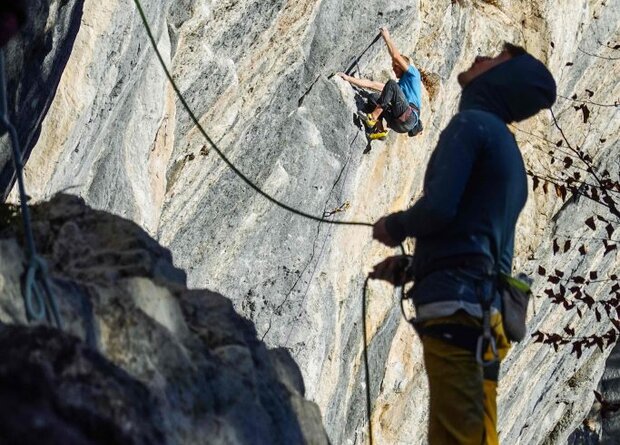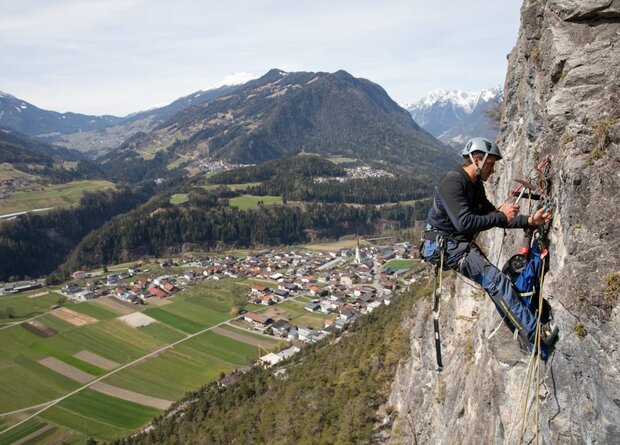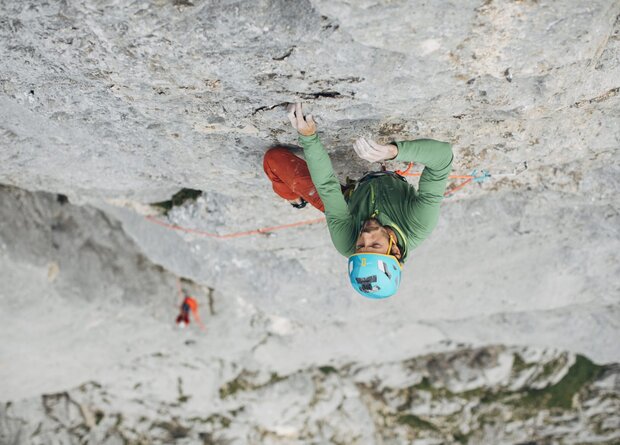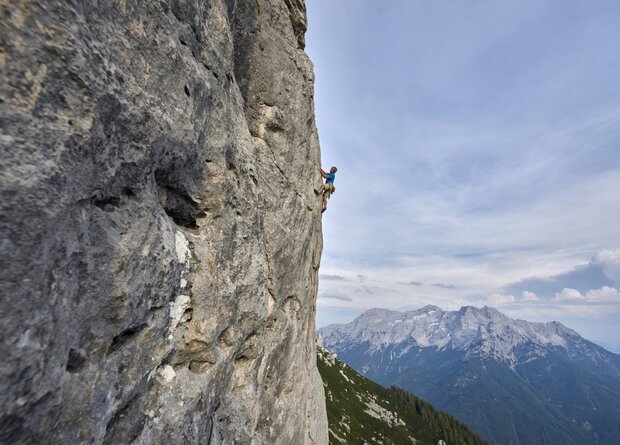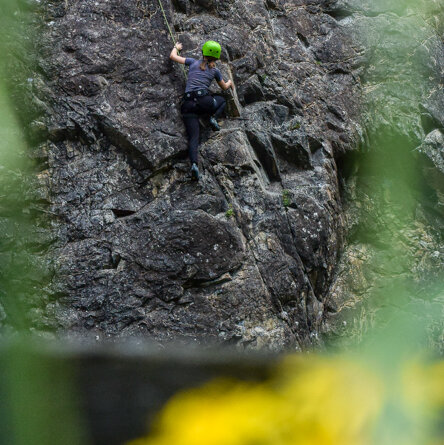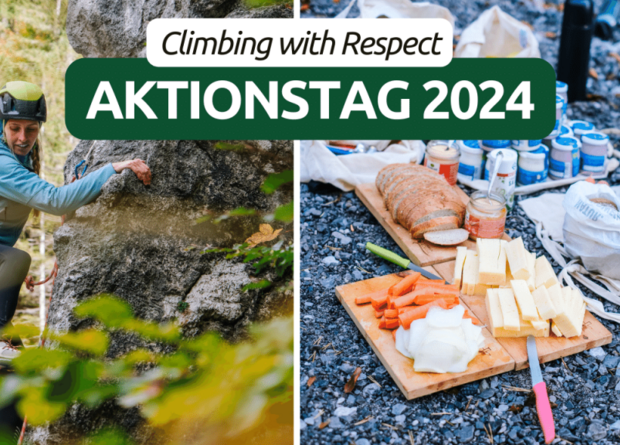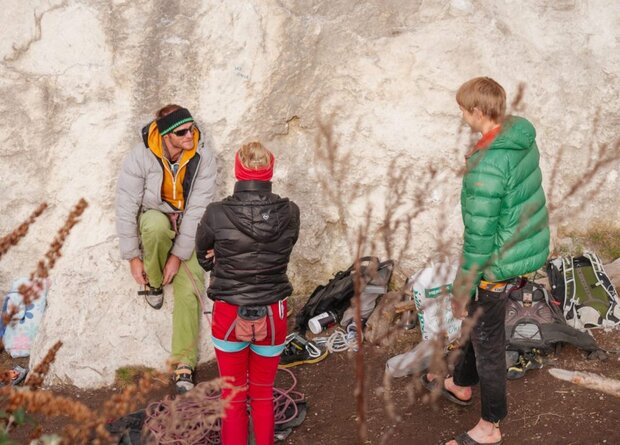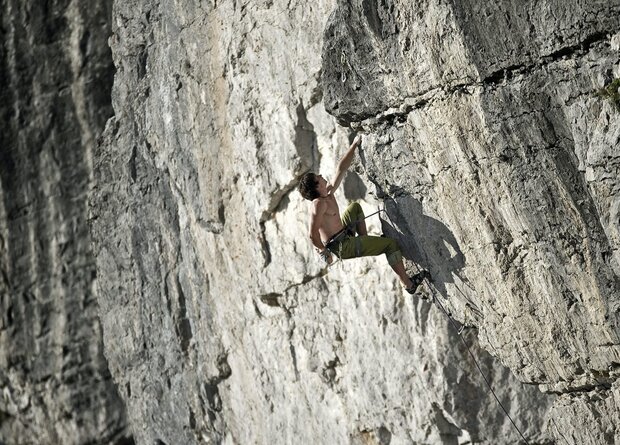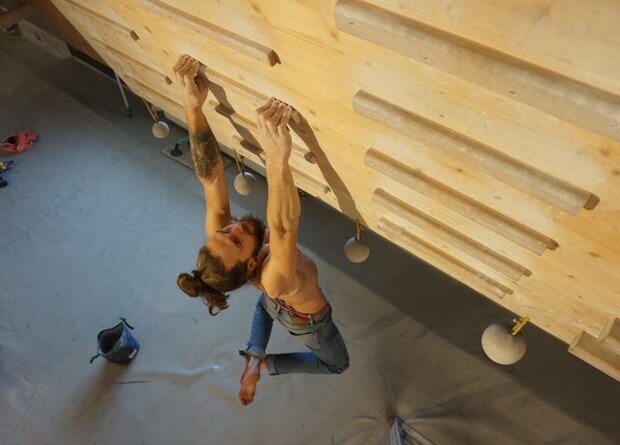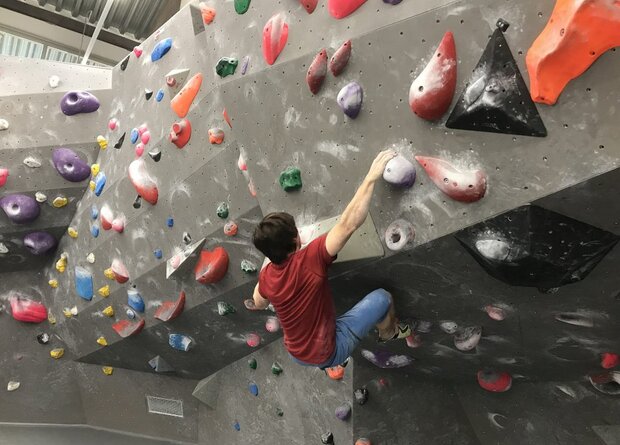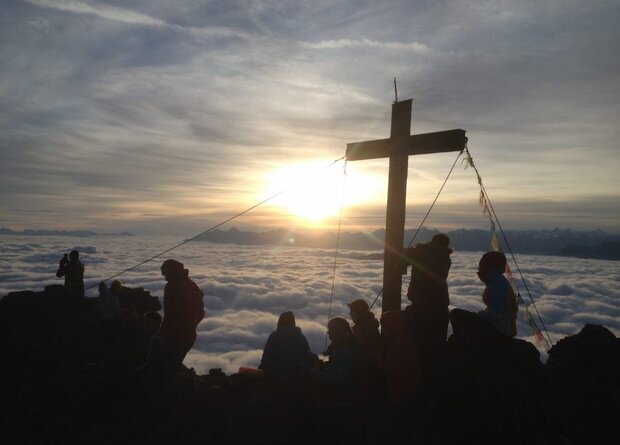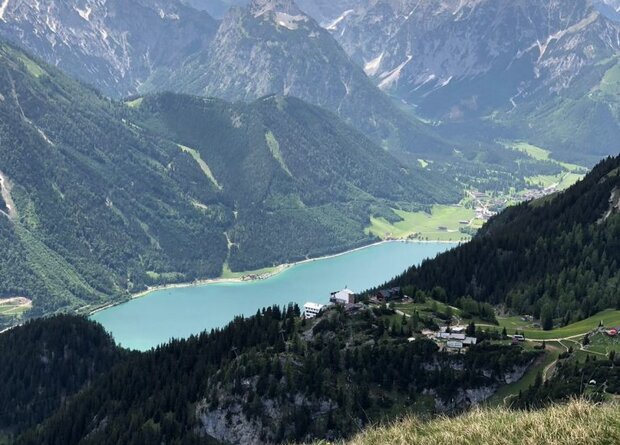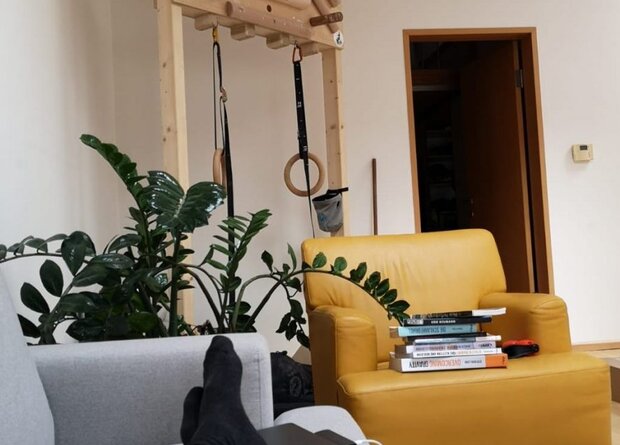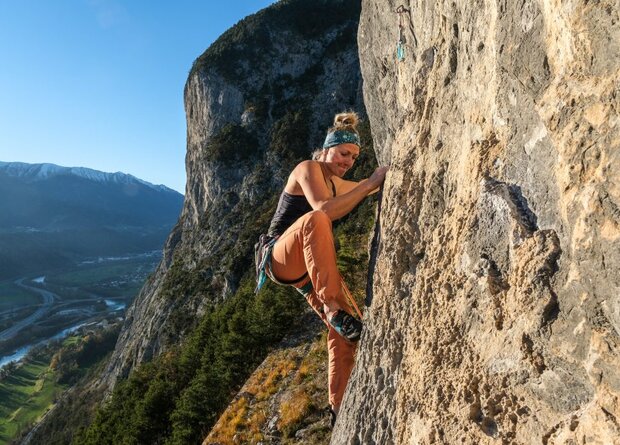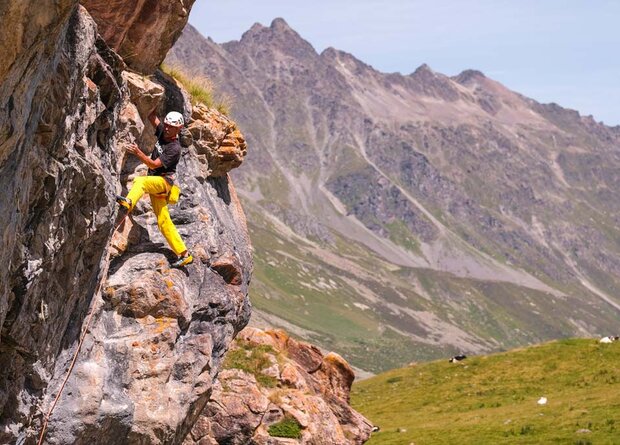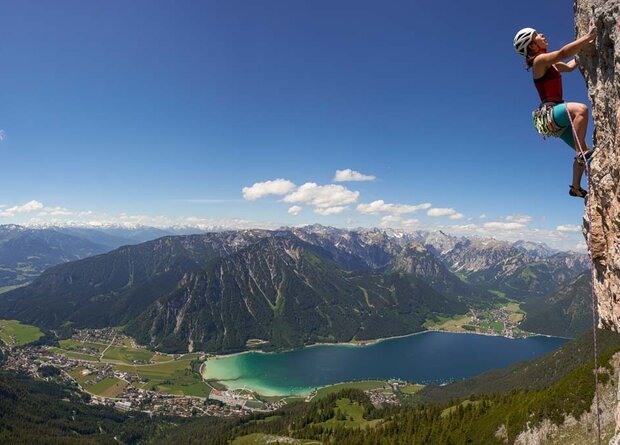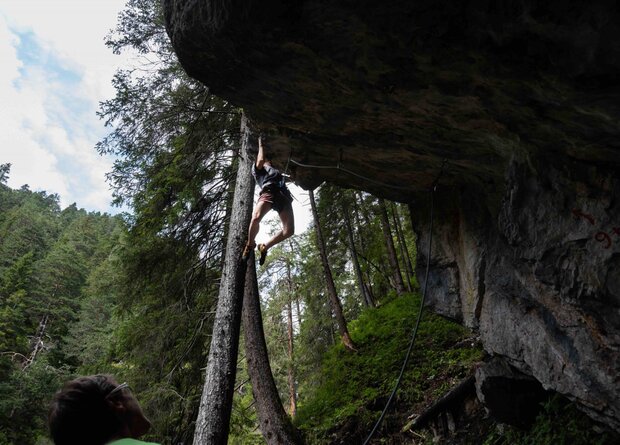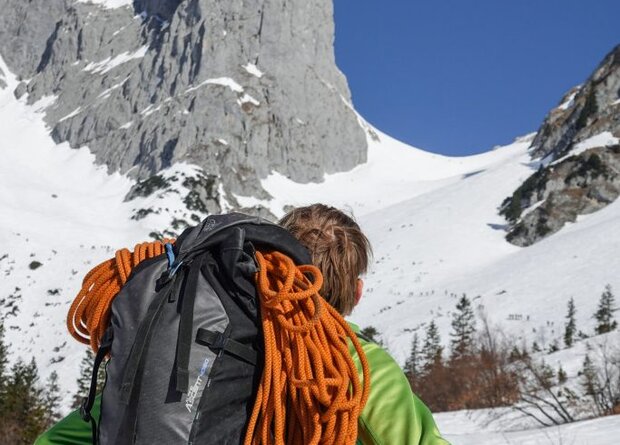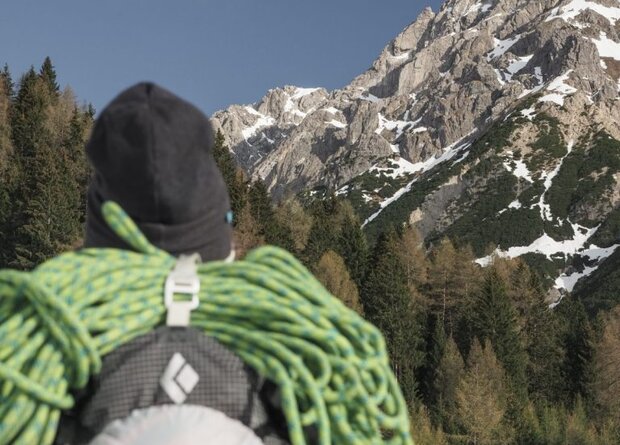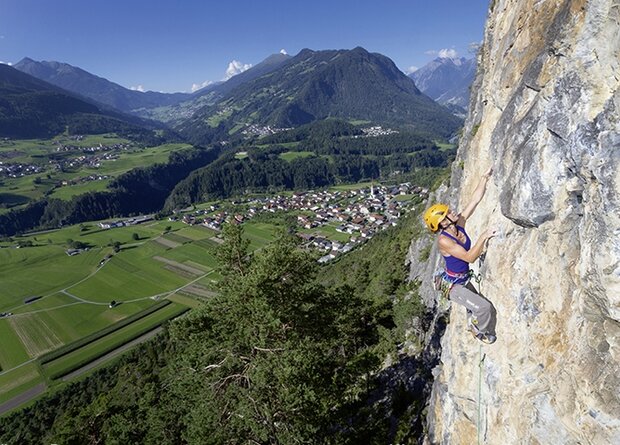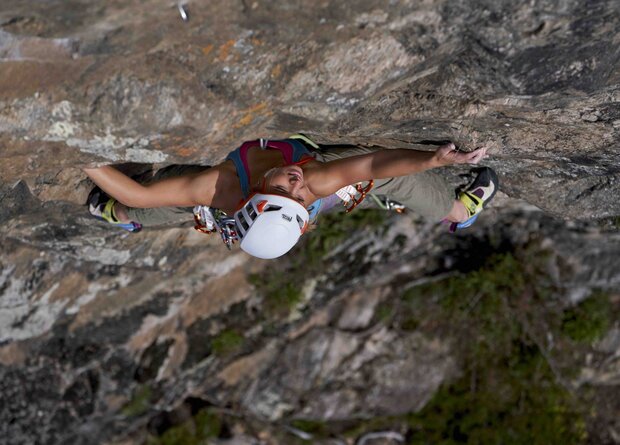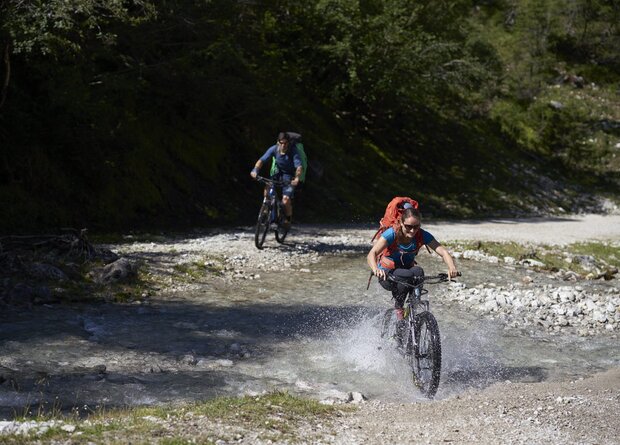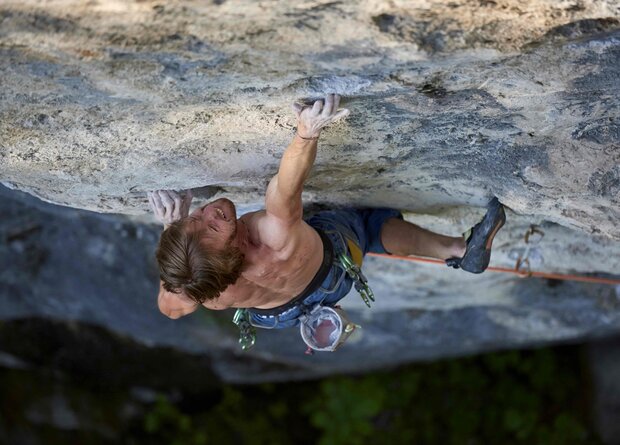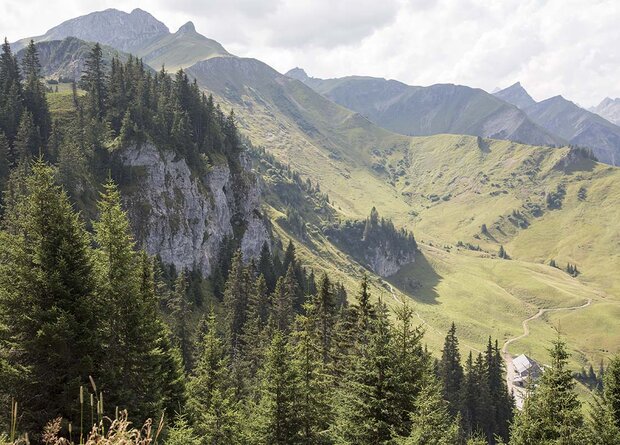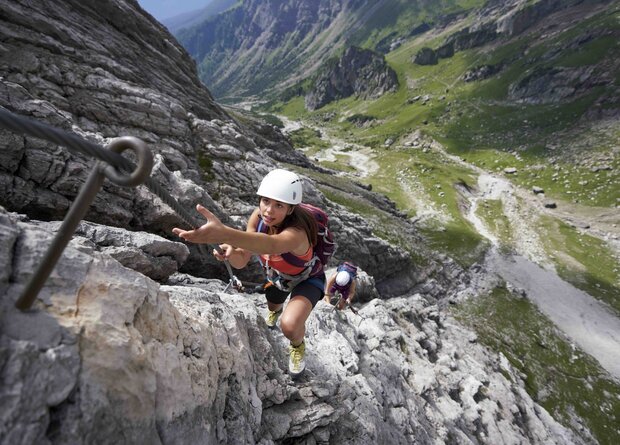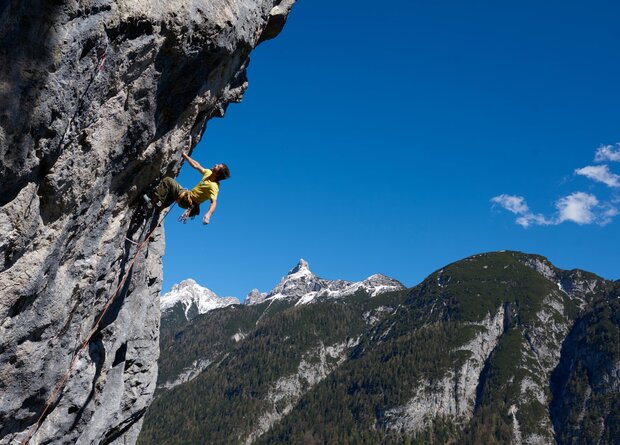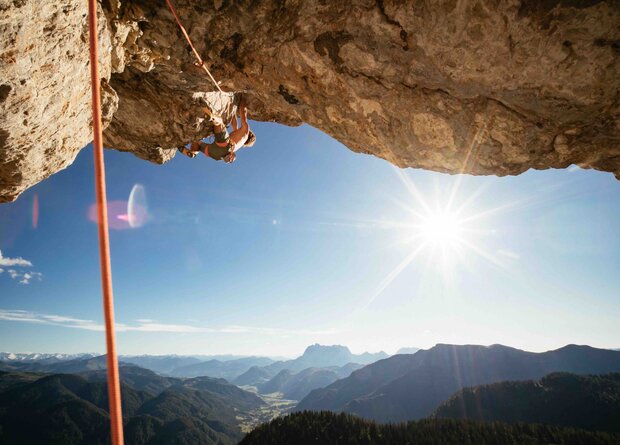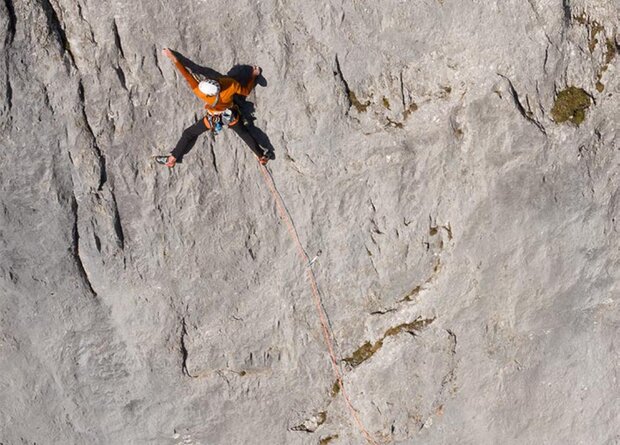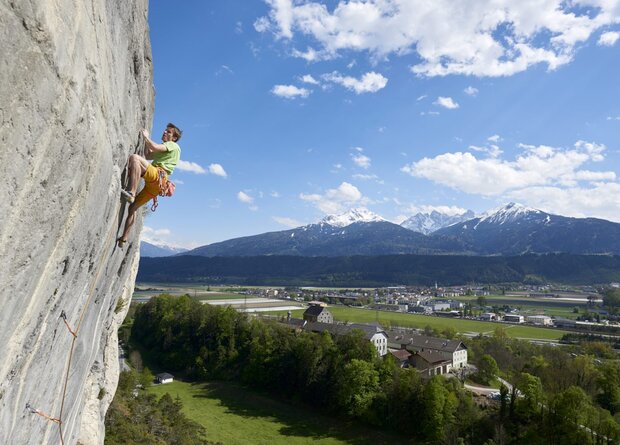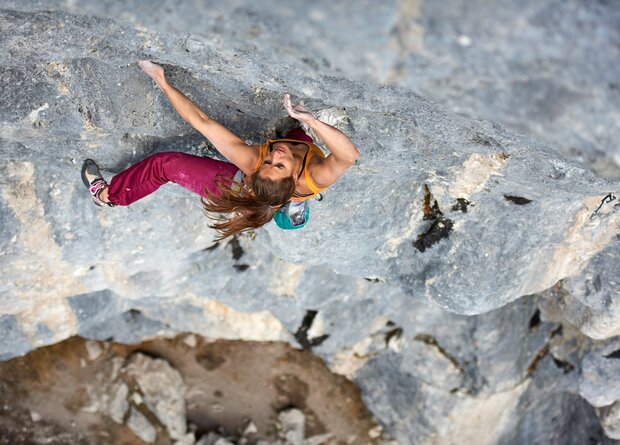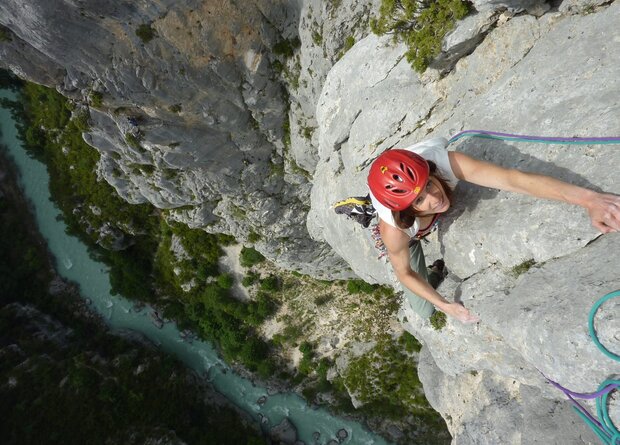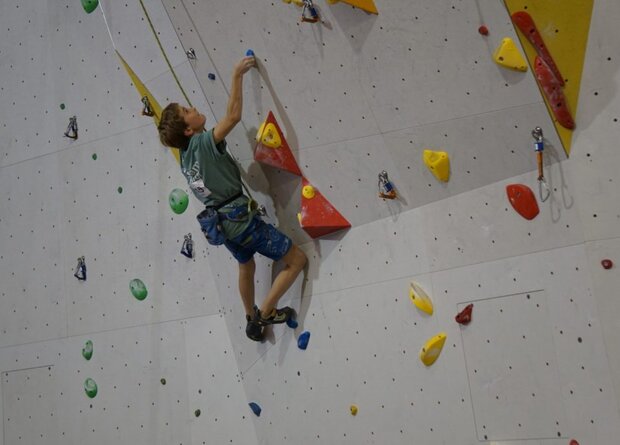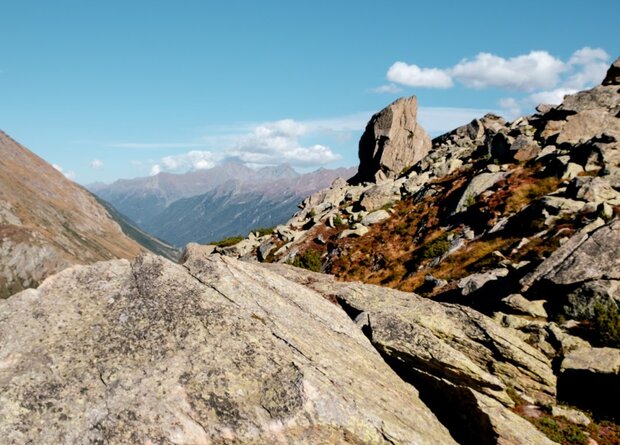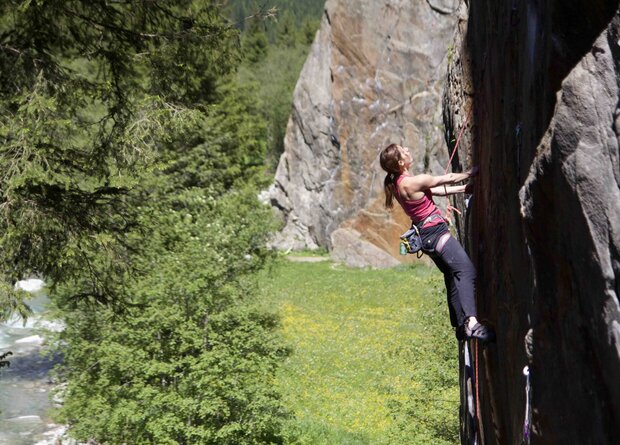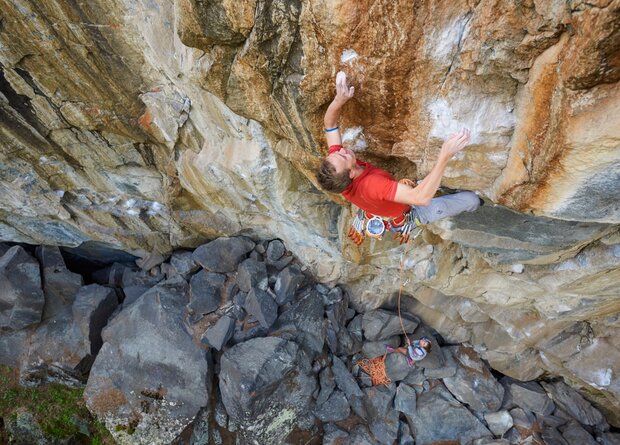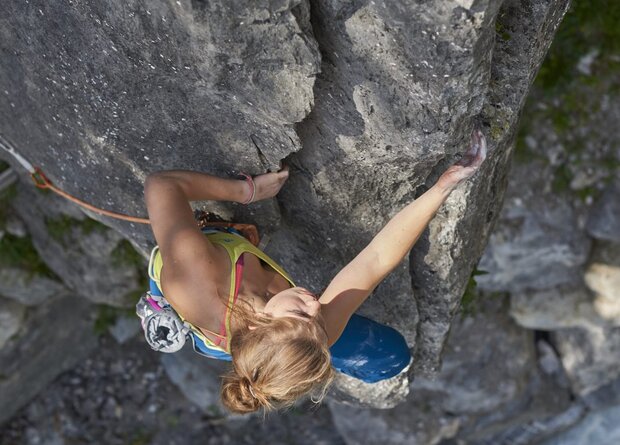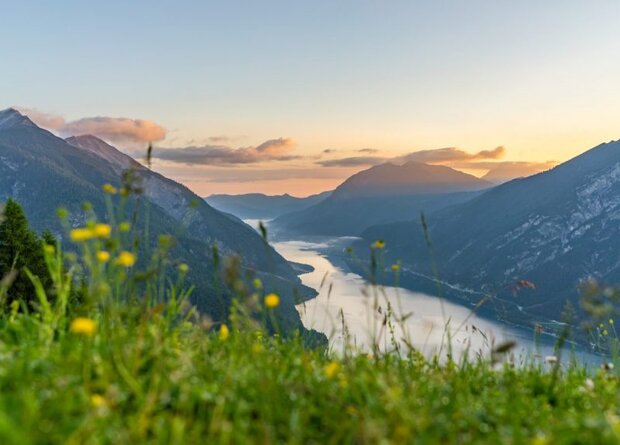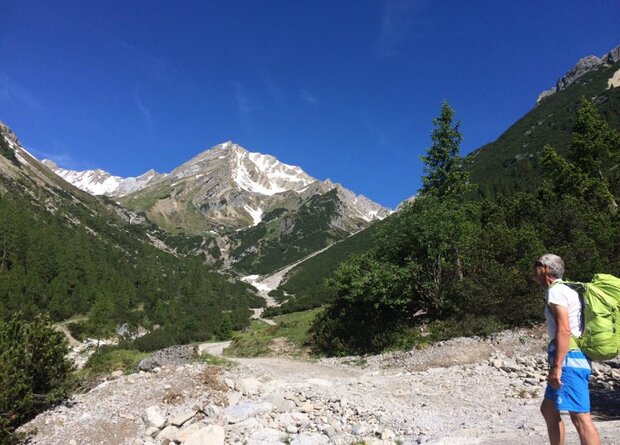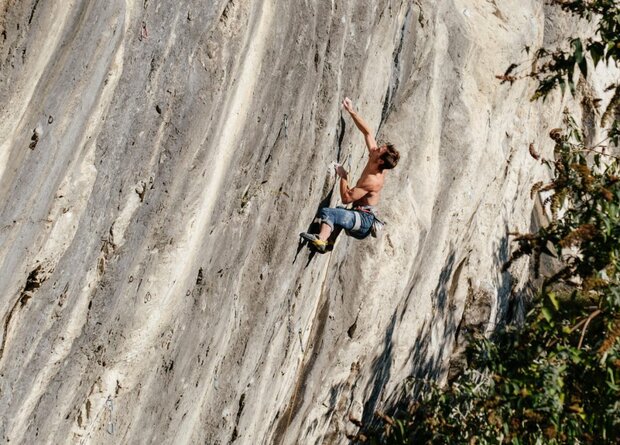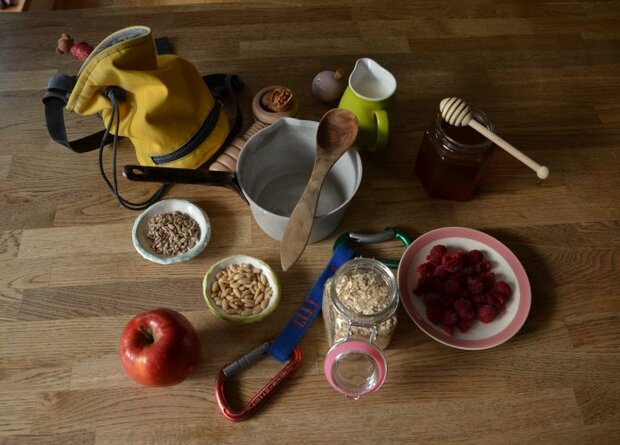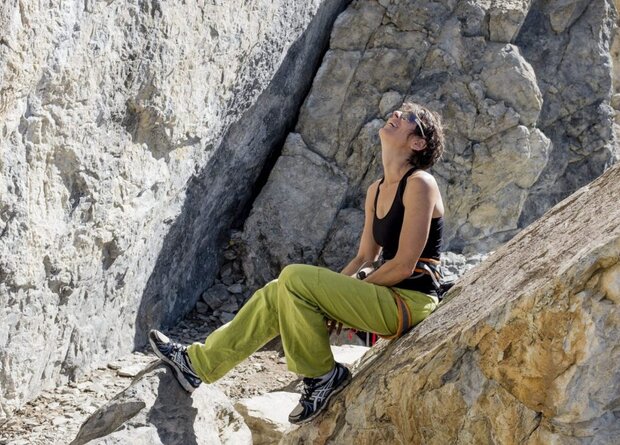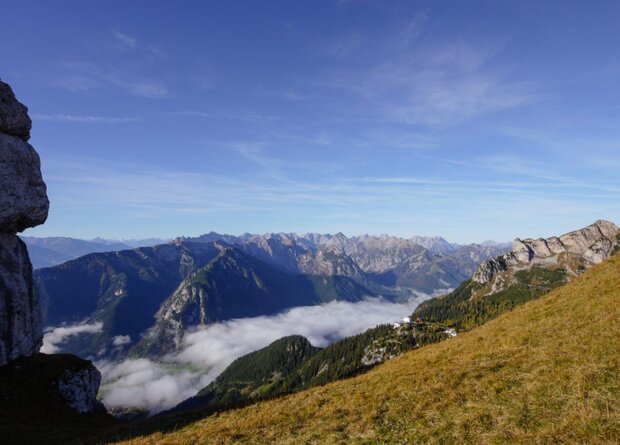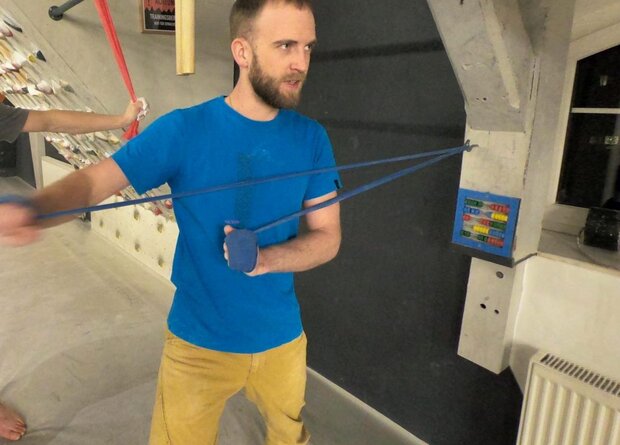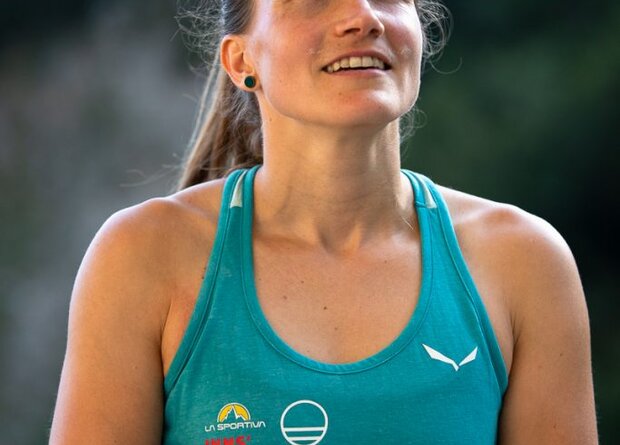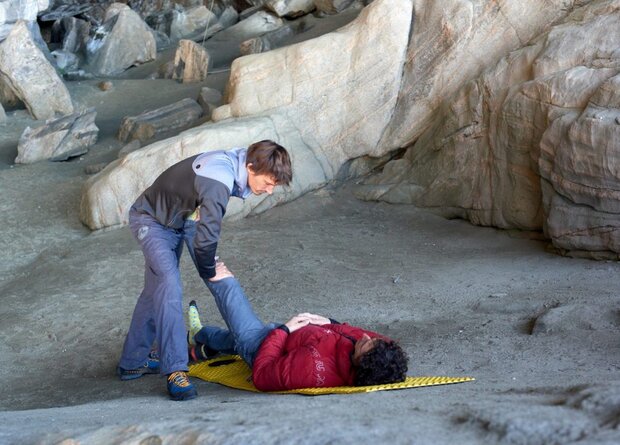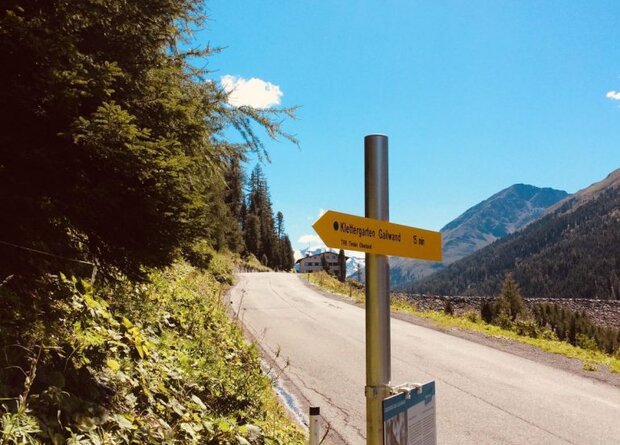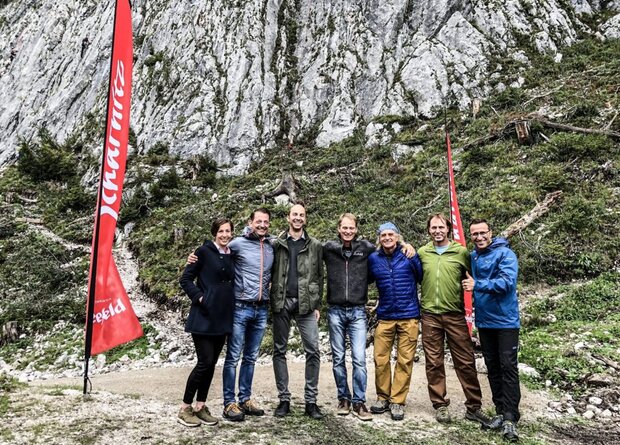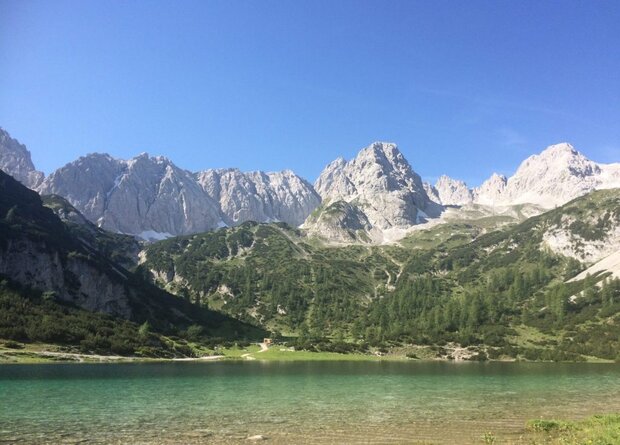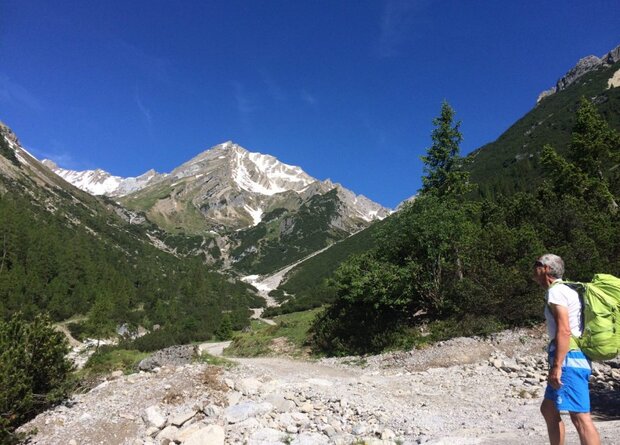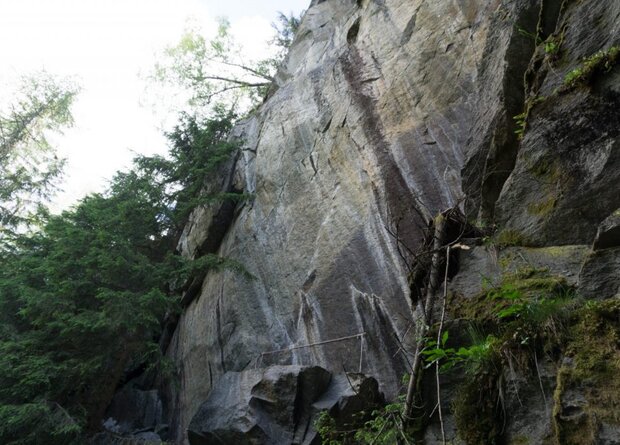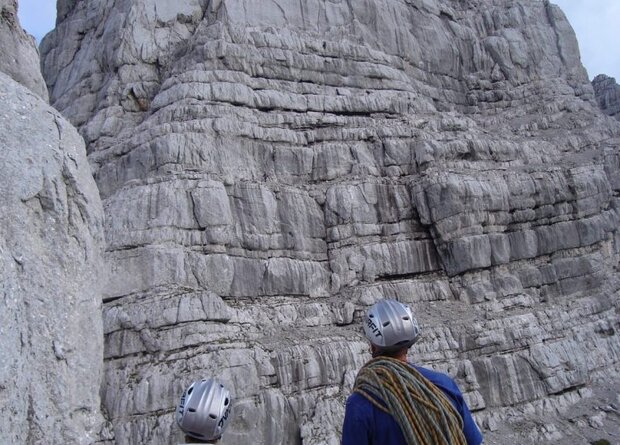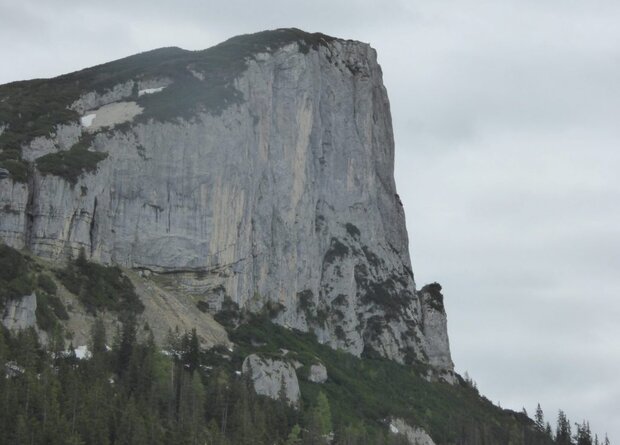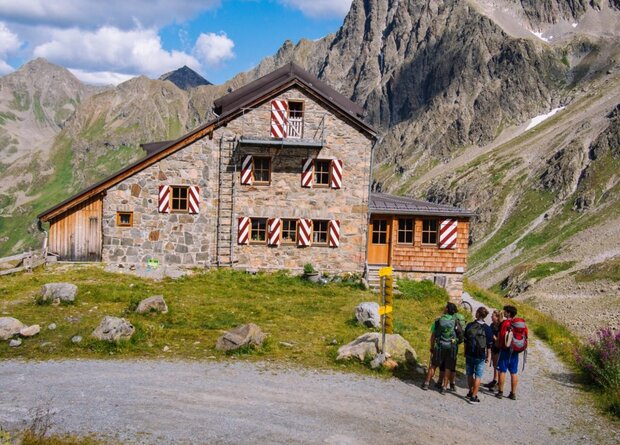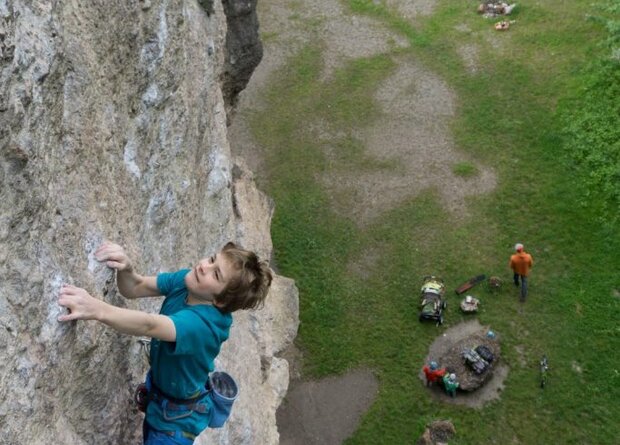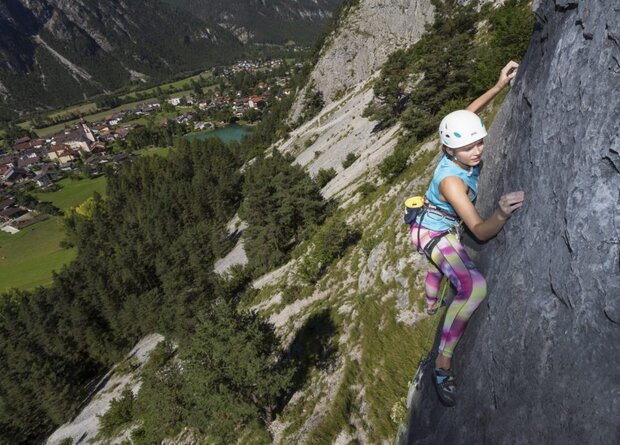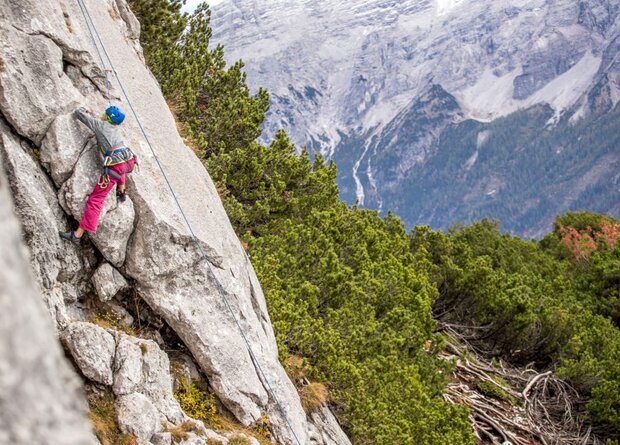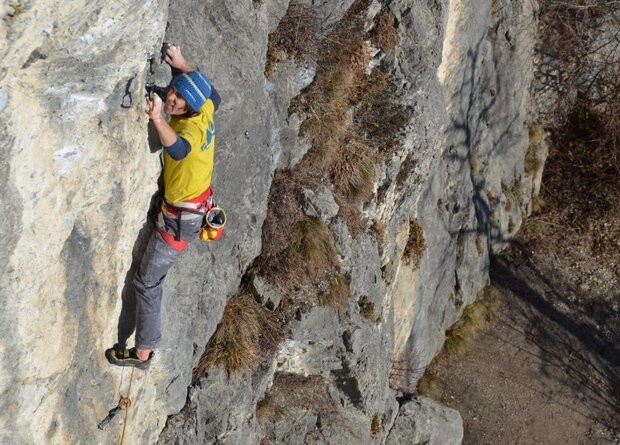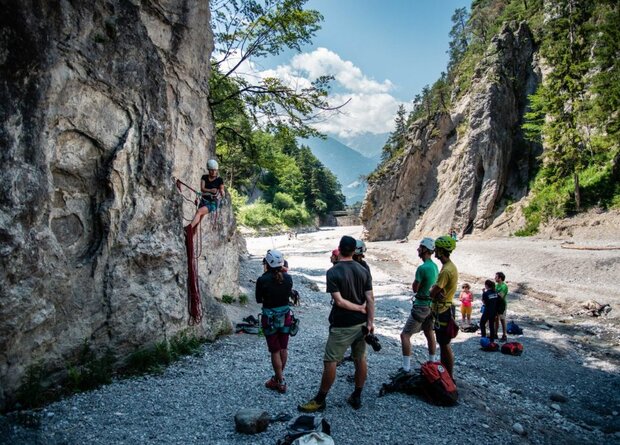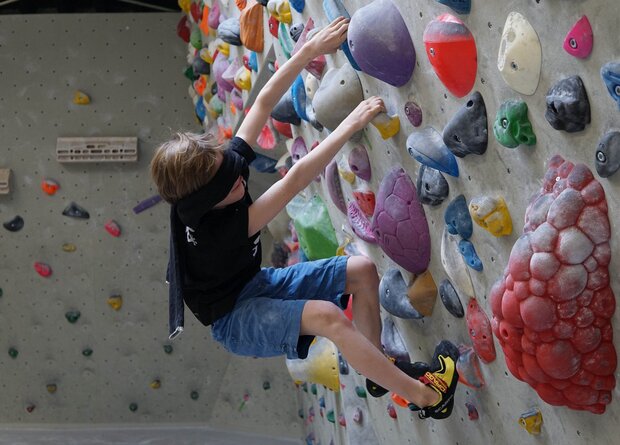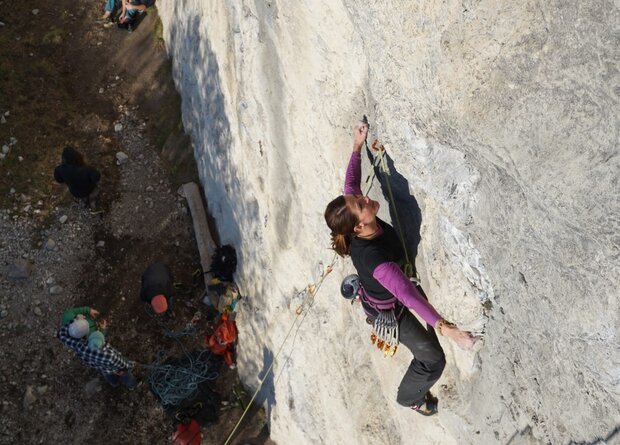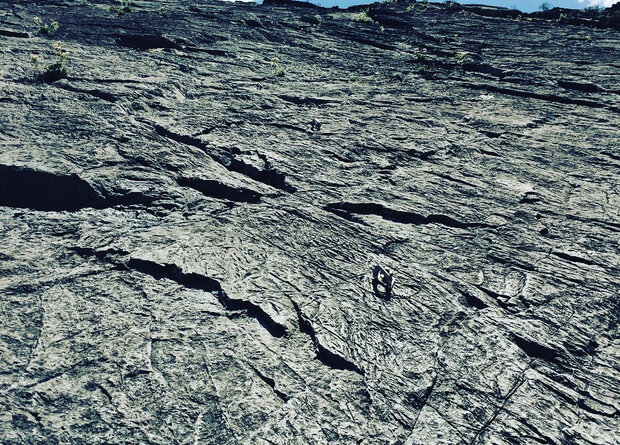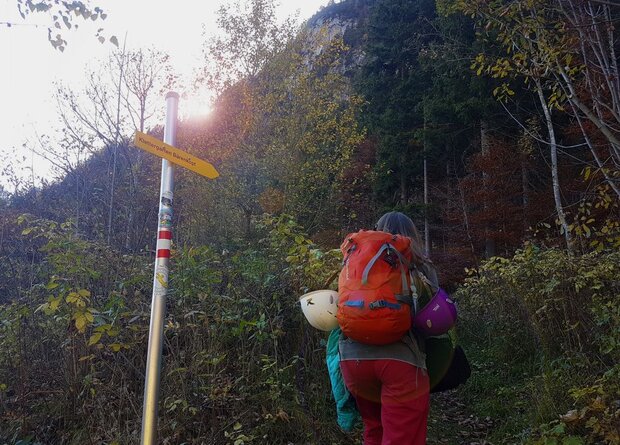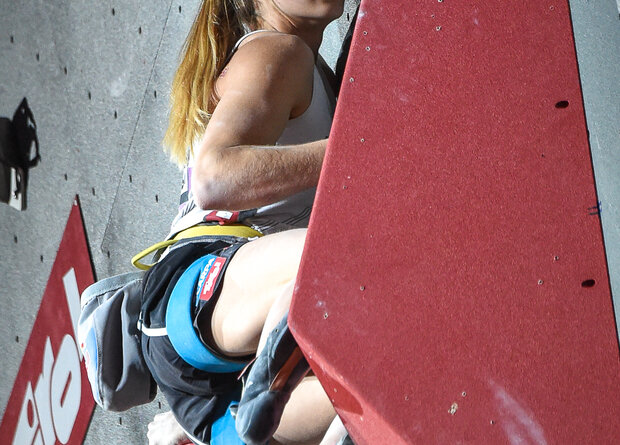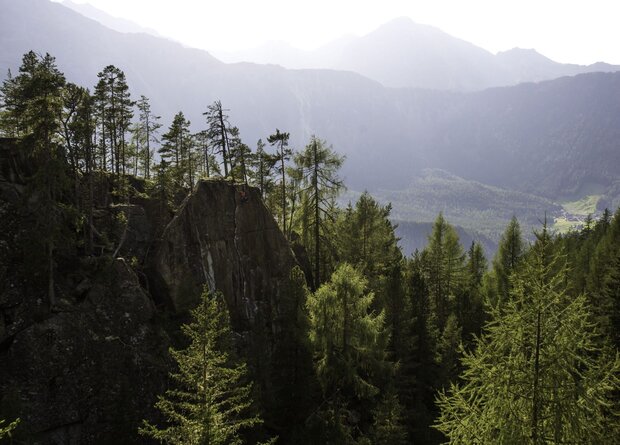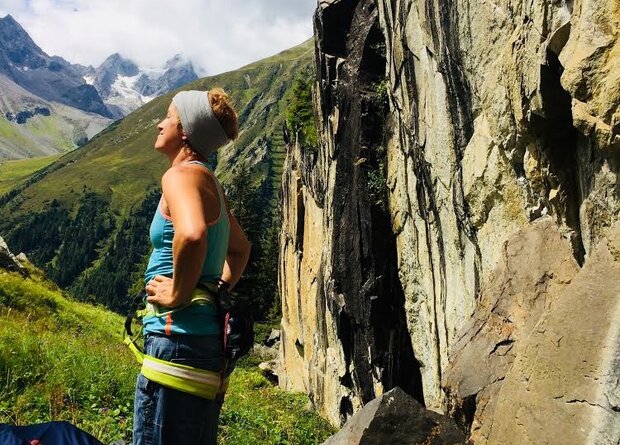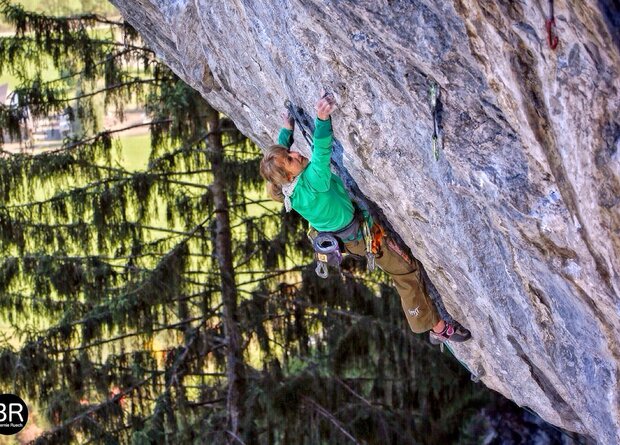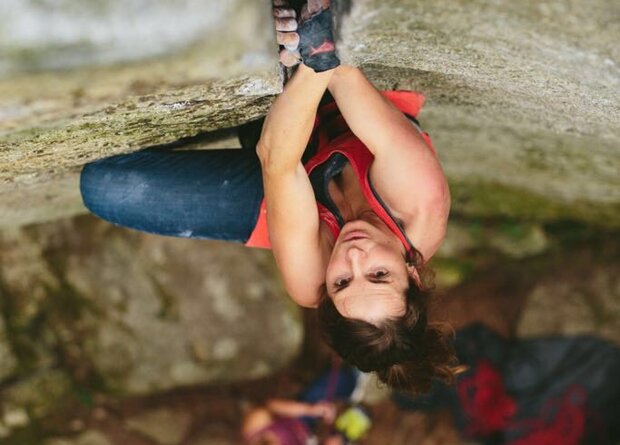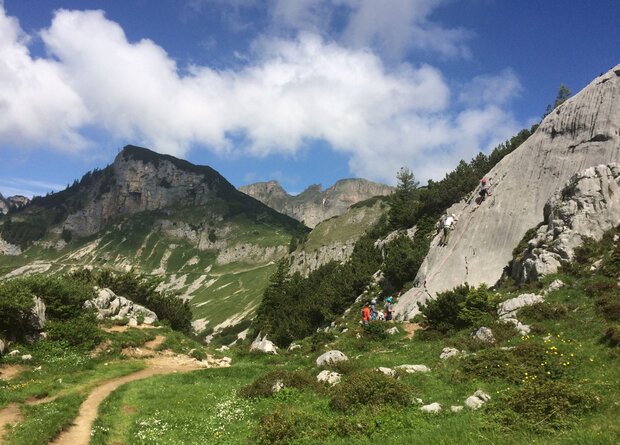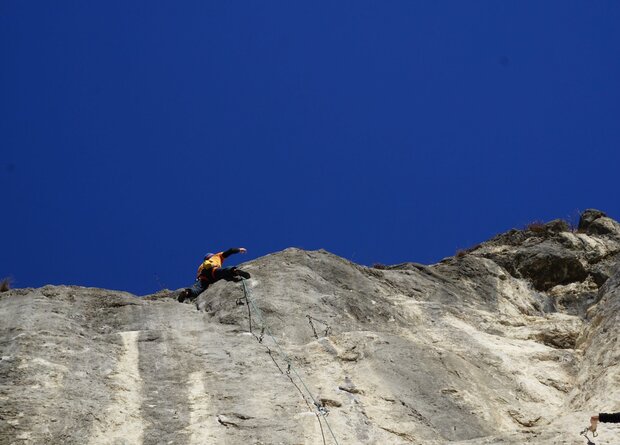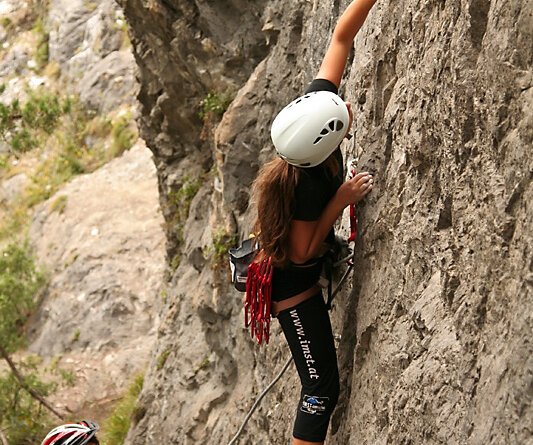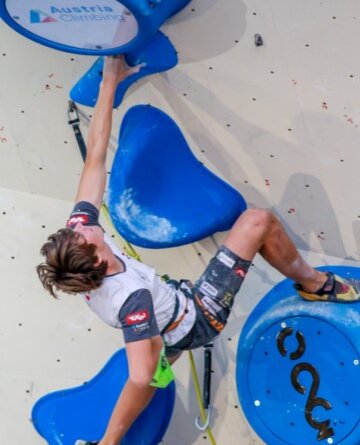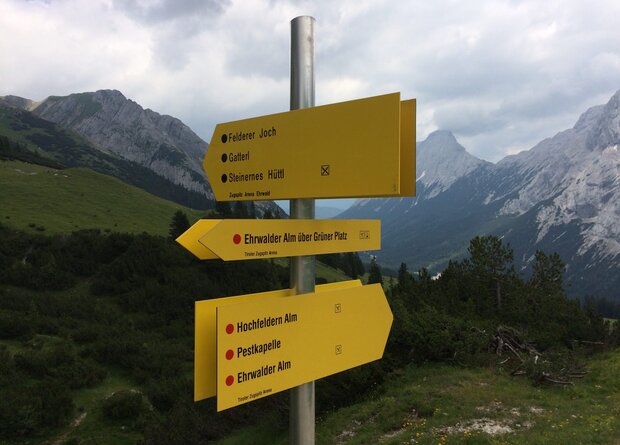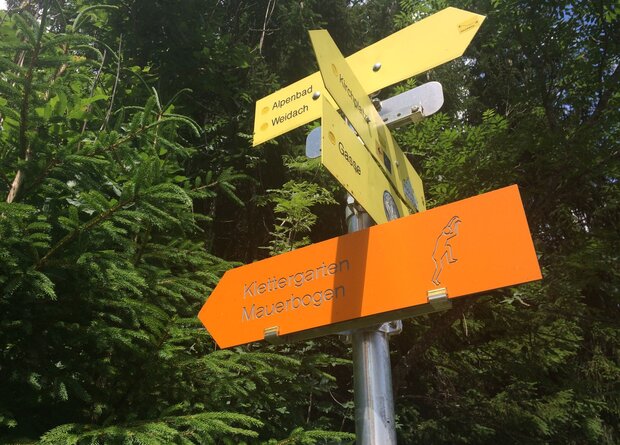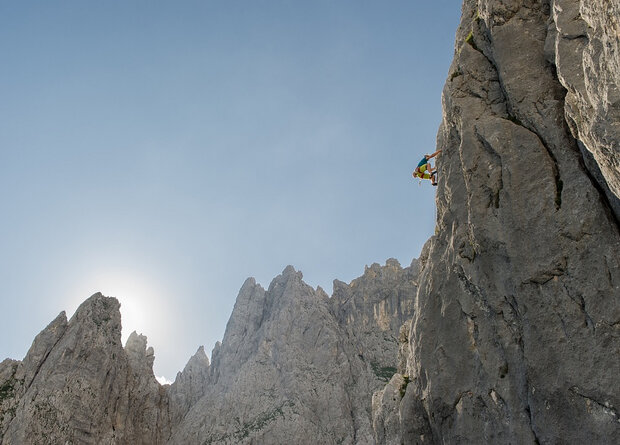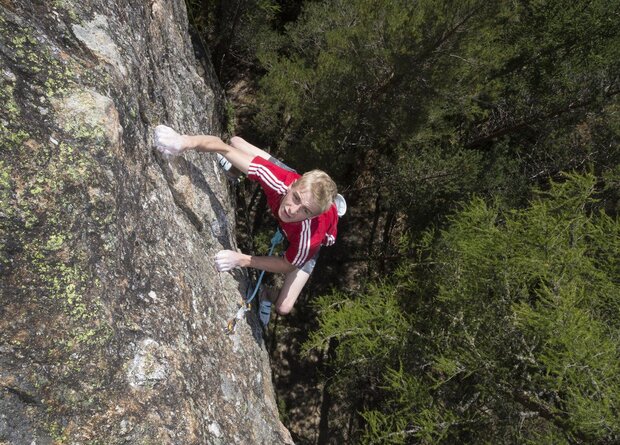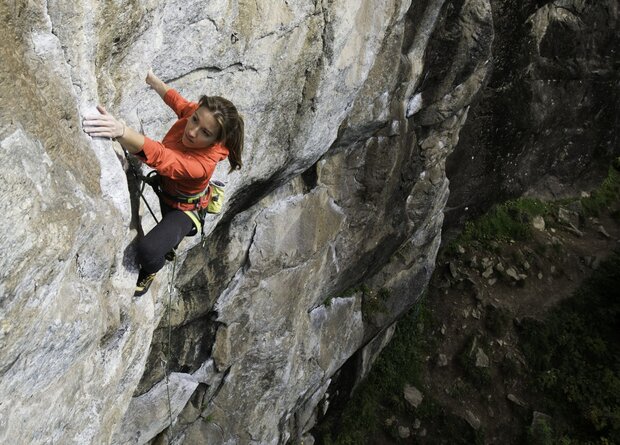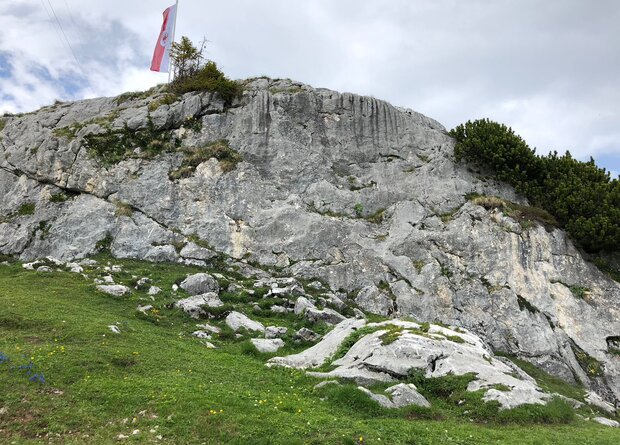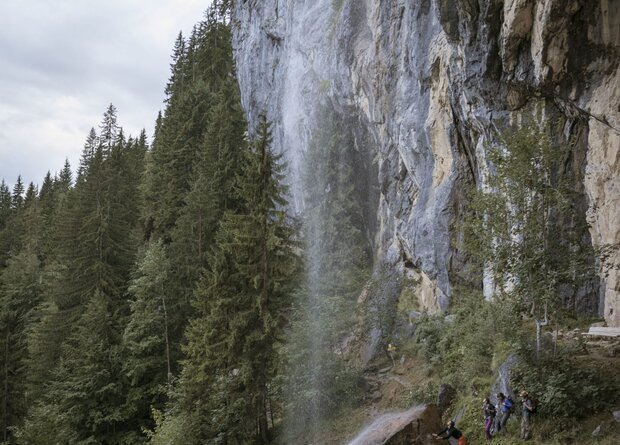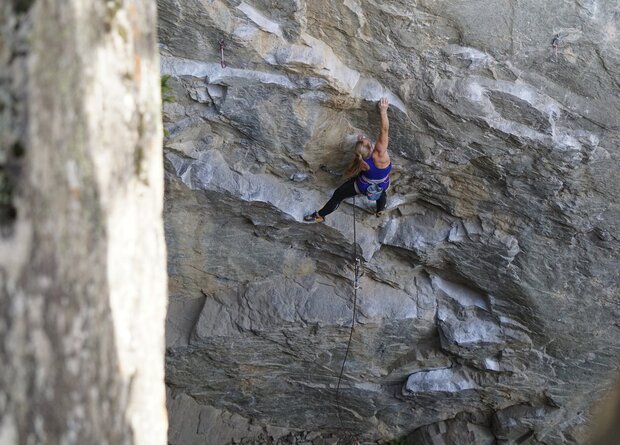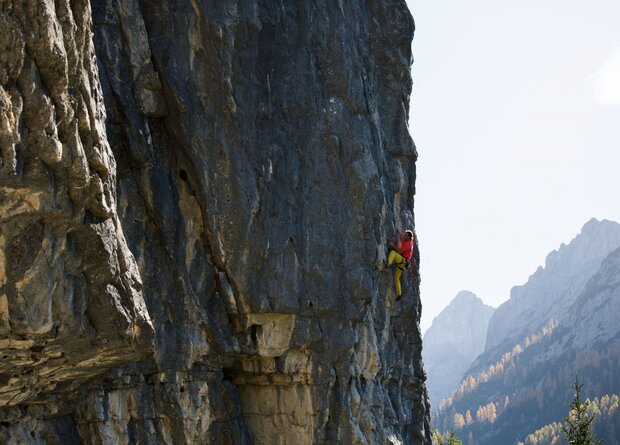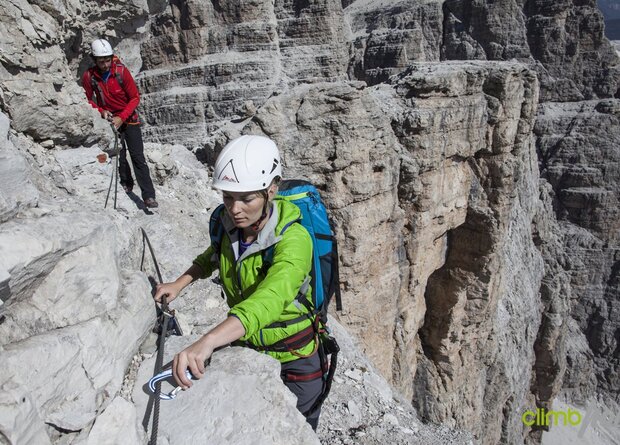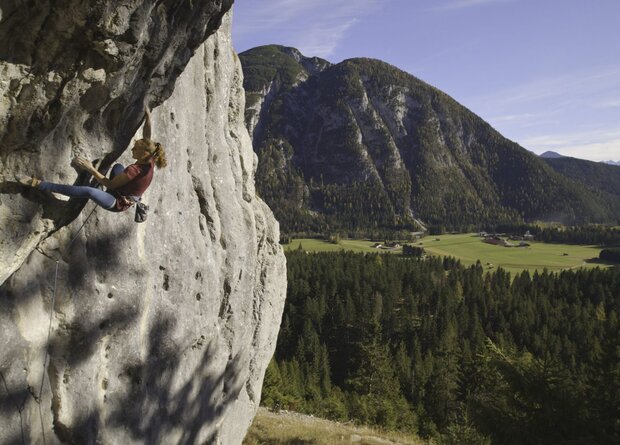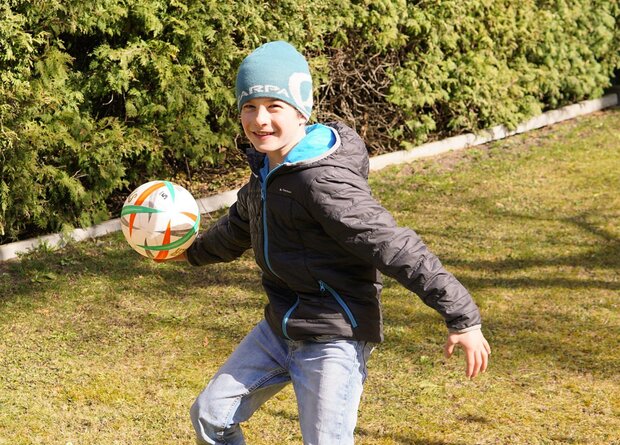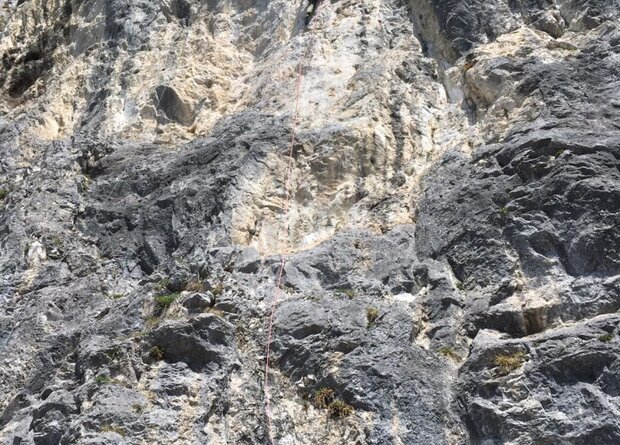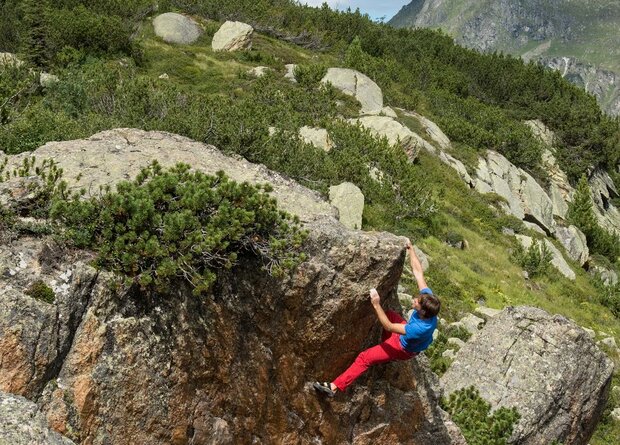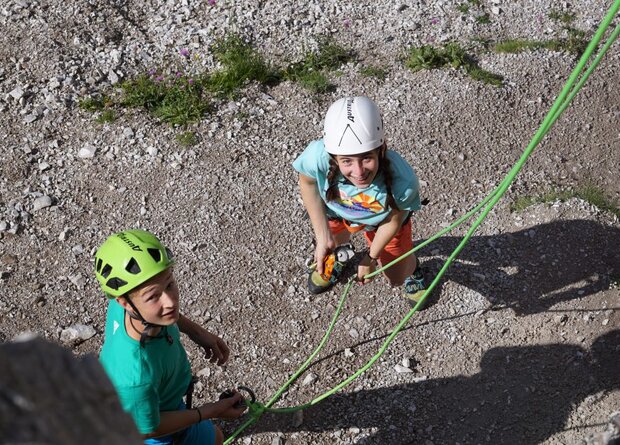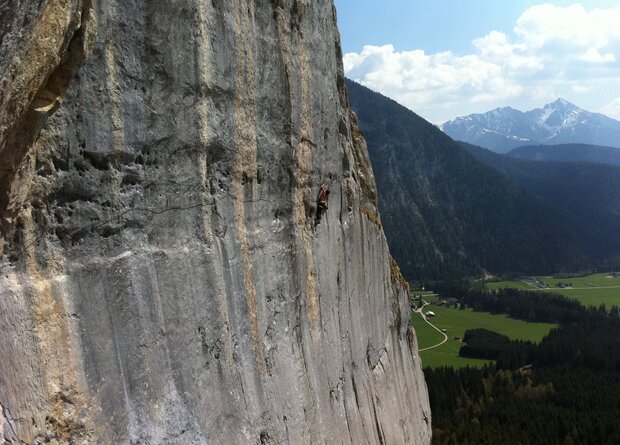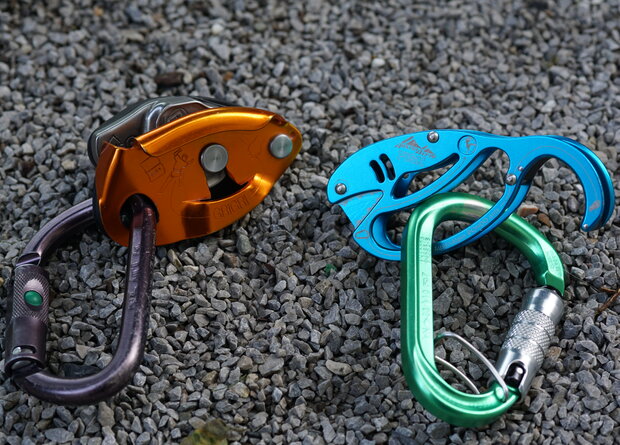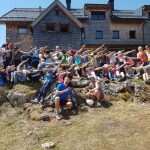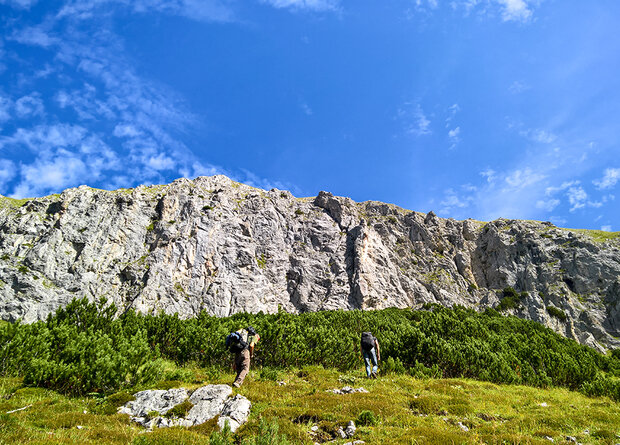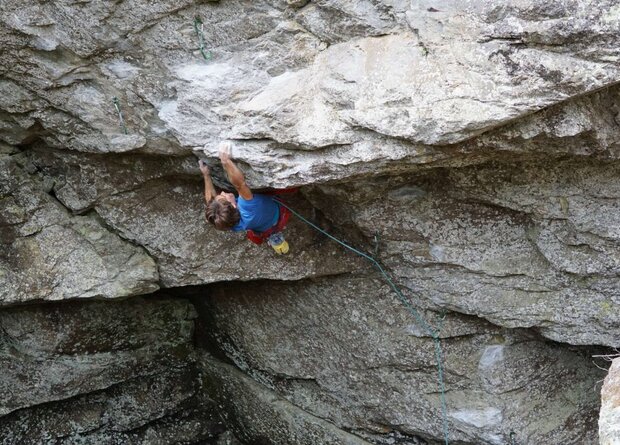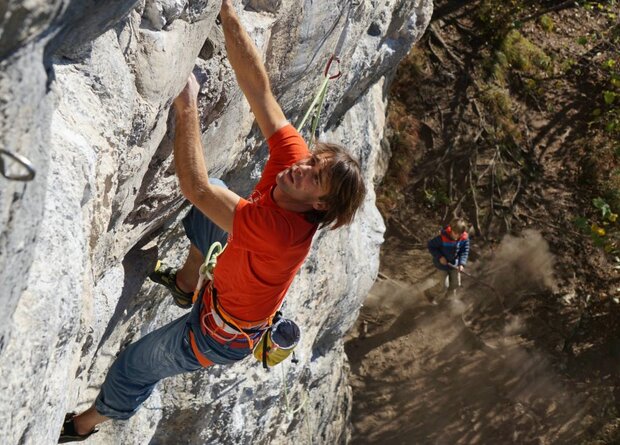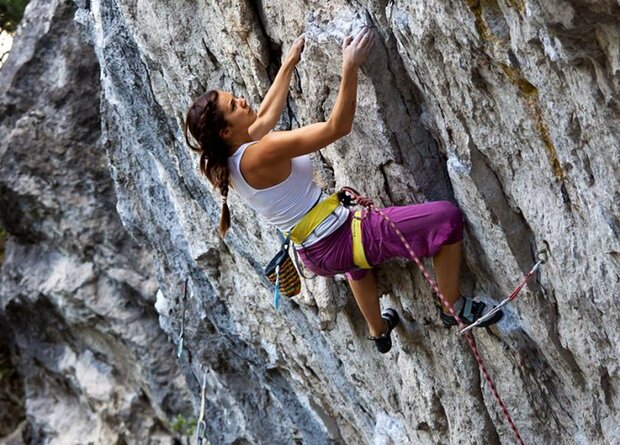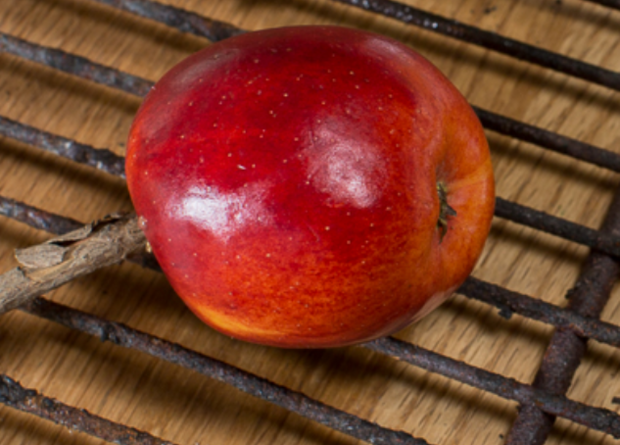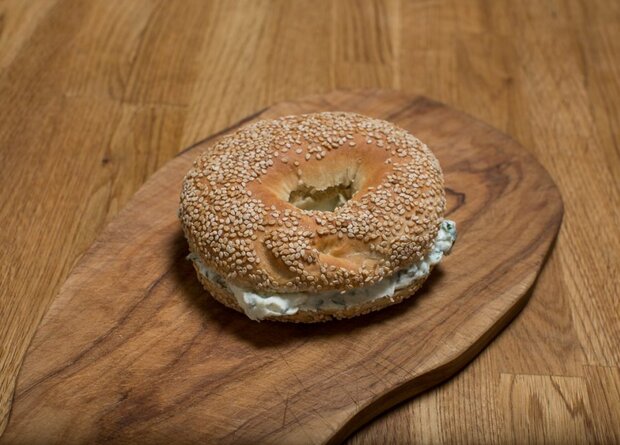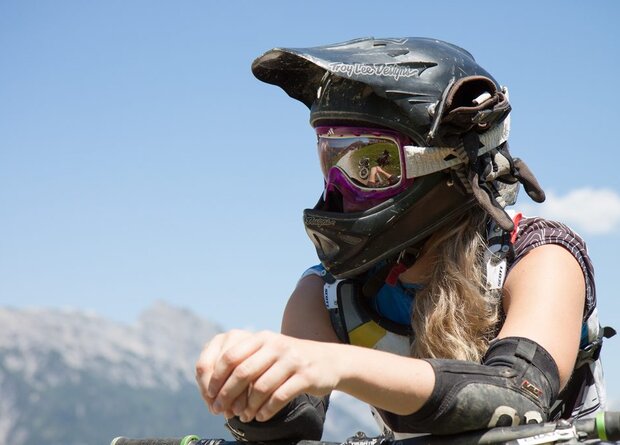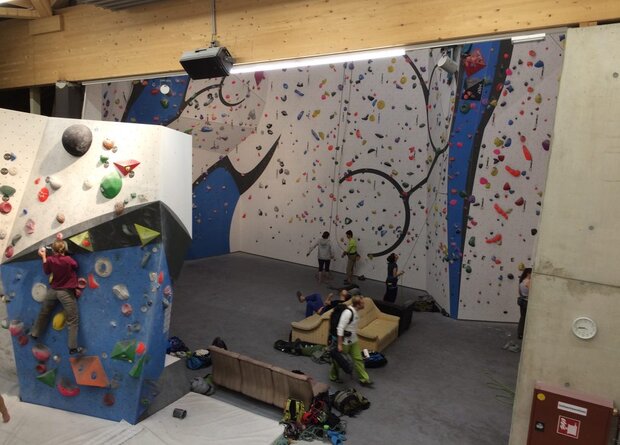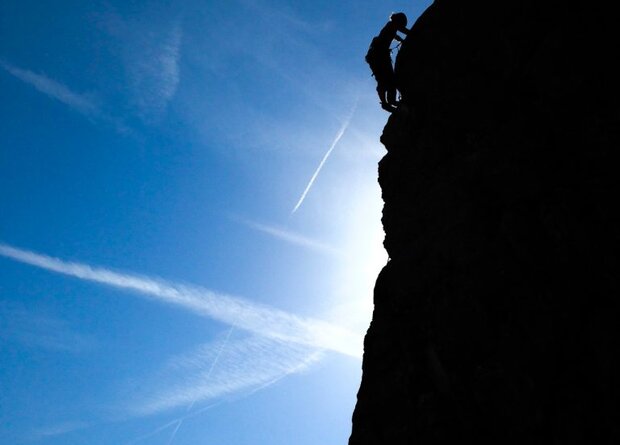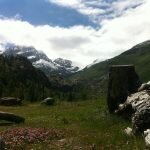First a beautiful climb and then quench your thirst and hunger in a rustic hut - what could be better? You can immediately replenish your energy with food and drink in the hut. Karin Bachmann, journalist and passionate climber from Innsbruck, has researched five insider tips for a climbing workout followed by beer and dumplings.
CP-TIP For overnight stays at the hut: don't forget to book! All contacts to the huts can be found on the Internet.
1st summit experience: Lamsenjochhütte with Dreamland Lamsenspitze
The Lamsenjochhütte is spectacularly situated below the rock faces of the Lamsenspitze and Hochnissl in the heart of the Karwendel Alpine Park. It can be reached from various starting points. A rewarding hike is via the Eng. Here you can reach the hut in around five hours over twelve kilometers and 750 meters in altitude. The route leads via the Engalm, the Panoramaweg and the Westliche Lamsenjoch to the destination.
We particularly recommend a two-day tour with the ascent on the first day and climbing and descent on the second day.
And now for the climbing: the Dreamland Lamsenspitze high alpine climbing garden is a 30-minute walk from the hut and offers ten routes. These include three multi-rope routes - two of which lead to the summit of the Lamsenspitze.
2nd routes, routes, routes: Muttekopfhütte with climbing gardens
The Muttekopfhütte is located above Imst and is the starting point for numerous mountain adventures, including climbing in the extensive climbing gardens. The hike to the hut starts in Hochimst and leads past the Imst cable cars to their middle station and the Untermarkter Alm. The Muttekopfhütte can be reached in a total of two and a half hours over a distance of a good six kilometers and 900 meters in altitude. The ascent can also be shortened by 450 meters in altitude by taking a ride to the middle station of the cable car.
Muttekopfhütte climbing area
The climbing gardens can be reached from the hut in around 15 minutes. An incredible 111 routes extend in several gardens along the rock faces. They have a lot to offer, especially in the lower levels of difficulty. But more challenging 7-pitch routes and a few 8-pitch routes also make the hearts of experienced climbers beat faster.
3. at the foot of the Großglockner: Lucknerhaus with climbing garden
The Lucknerhaus climbing garden is just a few minutes' walk from the Lucknerhaus. The Lucknerhaus can be reached by car via the Kalser Glocknerstraße and is a wonderful starting point for smaller and larger mountain tours. The rooms and the mountaineering camp make the Alpengasthof the ideal starting point for a sporty vacation at the foot of the Großglockner.
Lucknerhaus climbing garden
The climbing garden boasts 33 routes in the lower levels of difficulty, including three multi-pitch tours. Normal climbing equipment with a 70m climbing rope and a climbing helmet are sufficient.
4. all routes lead to the Coburger Hütte (with climbing garden!)
The Coburger Hütte is picturesquely situated in a high valley above the Seebensee. From the starting point in Ehrwald, you can reach the destination in a varied five-hour hike over an altitude difference of almost 900 meters and five kilometers. There are also access options from Biberwier, Obsteig or Leutasch. More details can be found on the hut's website. The Seeben via ferrata also leads to the Coburger Hütte.
The small climbing garden is around ten minutes' walk from the hut and offers ten routes in difficulty levels 4 and 5.
5. climbing in the border region: Adolari
If you say A, you must also say B. In this case, that means: if you climb in the Adolari climbing garden in St. Ulrich am Pillersee, you should have a beer afterwards in the inn of the same name not far away. Pillersee is located on the border between Salzburg and Bavaria in a valley between the steep slopes of the Loferer Steinberge and the Schafelberg.
The local climbing garden offers 43 routes in grades 4 to 7. The name "Adolari" comes from St. Adolari, to whom the chapel is dedicated. However, the climbing community has a different explanation for the name, which you can read here in the description of the climbing garden.

